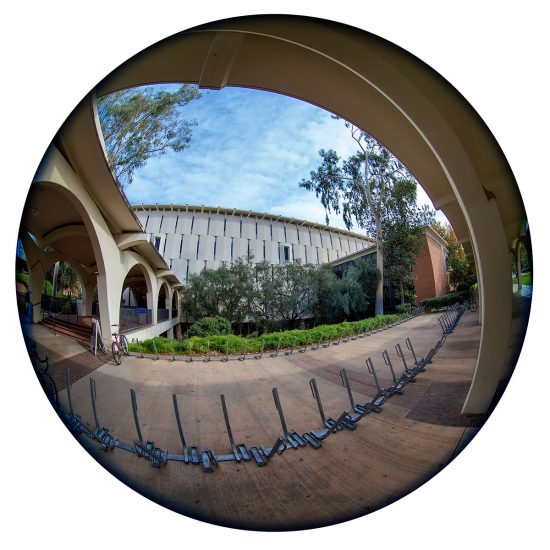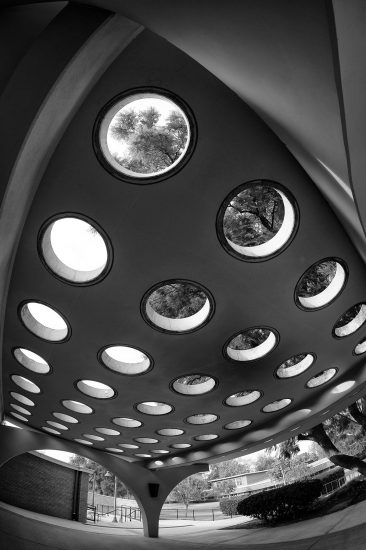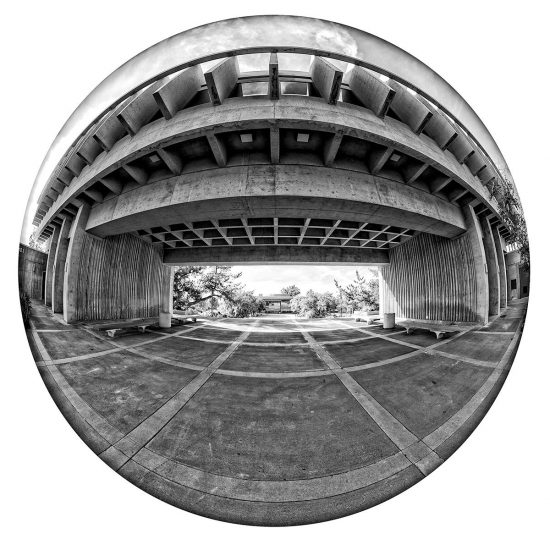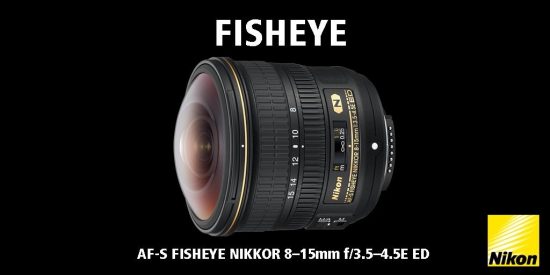
This guest post on the Nikkor 8-15mm lens ($1,246.95) is by Jeremiah Gilbert. You can check his work on his website and on Instagram. See also his previous [NR] guest posts here, here and here.
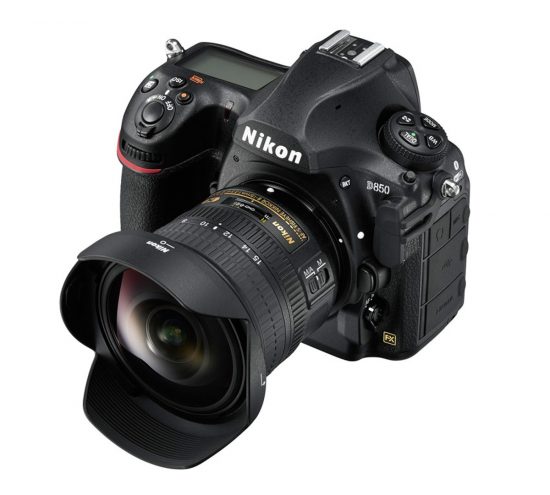
I have been shooting with a circular lens for the past two years, so I was very interested when Nikon announced their AF-S Fisheye Nikkor 8-15mm f/3.5-4.5E ED lens last year. It is a full-frame lens that produces circular images at 8mm and frame-filling fisheye images at 15mm when used on an FX camera. Used on a DX camera, it fills part of the frame with black corners at 8mm, while at 11mm it fills the entire frame with a 180-degree diagonal view.
Recently I was able to test one of these lenses and thought I’d share my impressions and some of my test images. All images with this lens were shot using a Nikon Df camera. One of the first things I learned was that at any focal length less than 15mm, the included lens hood starts to come into the frame. The lower the focal length, the more the frame is affected. Below is an image straight out of camera shot at 11mm that shows the effect of keeping the lens hood on at that focal length.
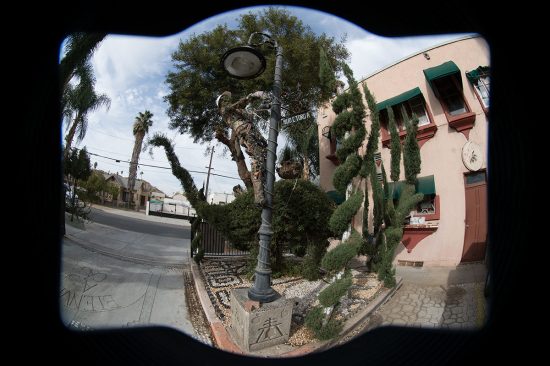
Another thing I quickly noticed was the color fringing. Circular lenses tend to suffer from a blue or purple ring surrounding the image and this lens’s fringing is more prominent than on the lens I have been using to shoot circular (Sigma 8mm f/3.5 EX DG). I typically address this when cropping the circular image from the frame, but as this fringing is a little thicker, I found I had to crop more of the image. The image below is a straight out of camera image shot at 8mm (without the lens hood).

Compared to my Sigma lens, however, I do find the color of this Nikkor lens to be more saturated and contrasted. In fact, I typically convert my Sigma circular photos to black & white as I find its color to be lacking. Removing most or all of the color fringing by cropping, I am very satisfied with the color I am able to achieve with very little post-processing.
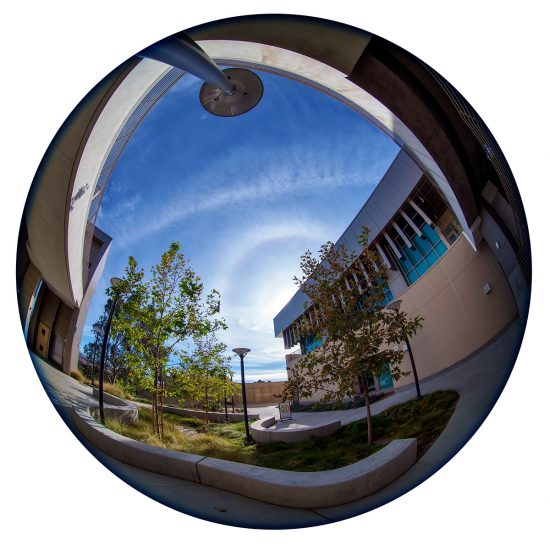
While I have been shooting circular for a few years now, I am new to shooting frame-filling fisheye images at 15mm. When I typically shoot ultra-wide, I am very careful to minimize distortions inherent to those focal lengths (usually 15mm to 18mm for me). This lens, however, is all about distortion and I was surprised how quickly I came to enjoy working with the distortions and finding images that would work best with fisheye. This, of course, is a personal preference and I know many people do not like fisheye use in any situation.
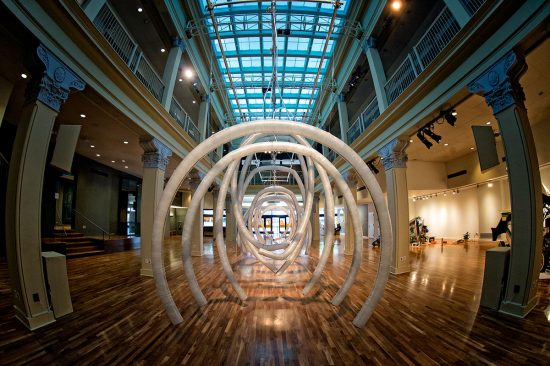
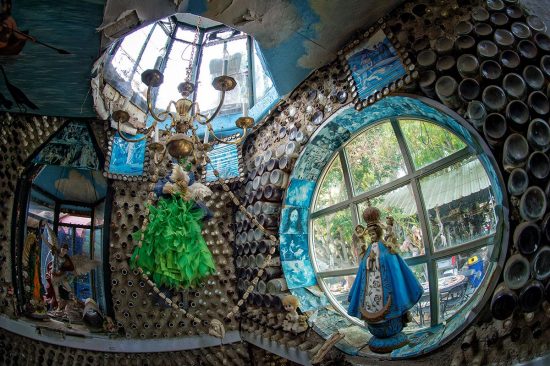
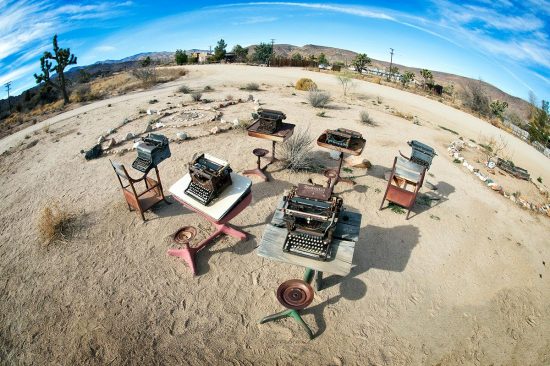
What about between 8 and 15mm? At 14mm, the corners of the frame start to darken, though only a bit. Below 14mm, the dark edges become more prominent and I found I didn’t shoot anything between 8 and 14mm because of this. You could always crop rectangular or circular images when shooting in this range, but I preferred to just swap between 8 and 15mm with an occasional dip to 14mm, as in the photo below.
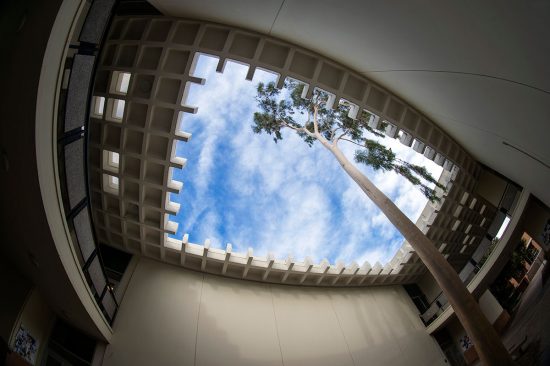
My first few cameras were film and I shot mostly black & white for two decades, so I am always interested in shooting with black & white in mind and often convert to black & white in post. I find the saturation and contrast of this lens makes this conversion quite nice.
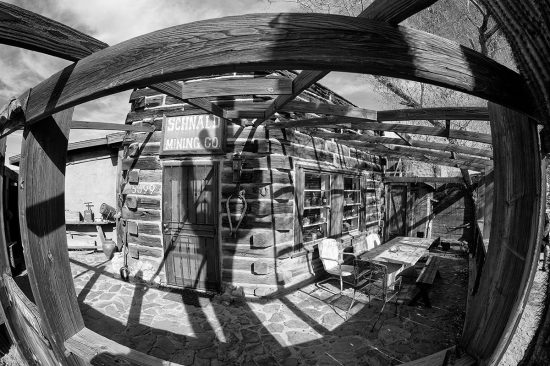
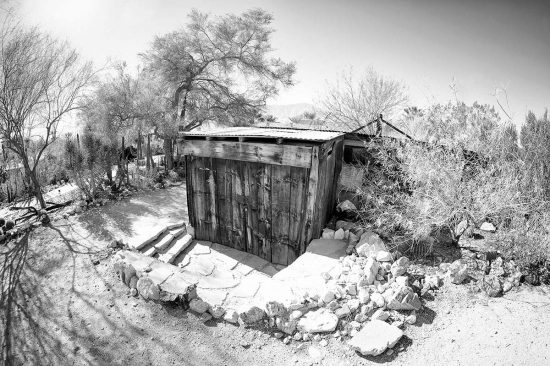
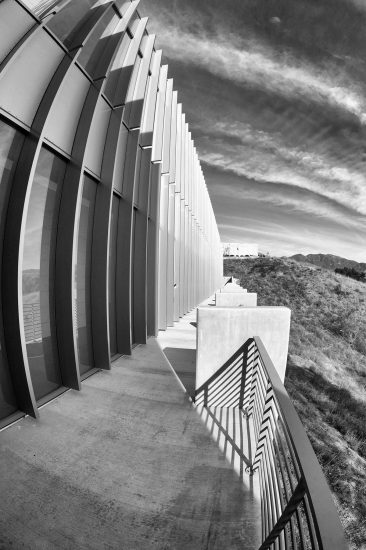
Technically speaking, there is some softness along the edges of the frame, and there can also be some chromatic aberration, which can be addressed in post. As the front glass element is rather bulbous, the lens comes with a special front cap that fits over the lens hood. I found myself always removing both and placing them in my camera bag, as they make for a rather bulky combination.
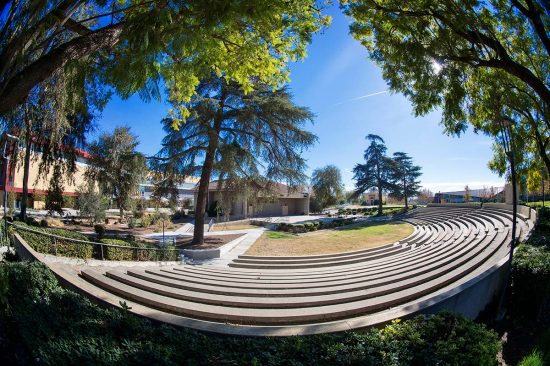
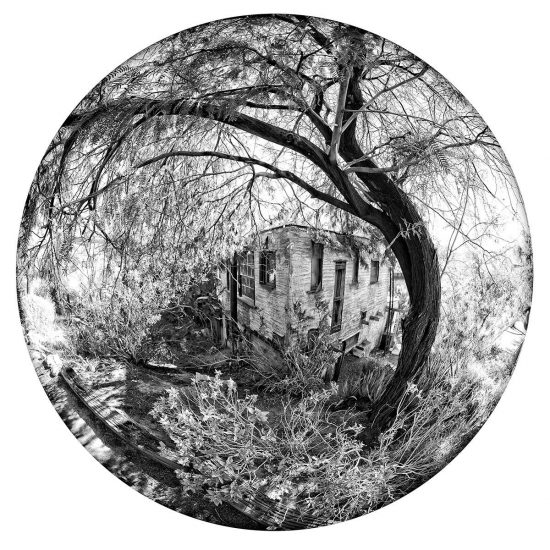
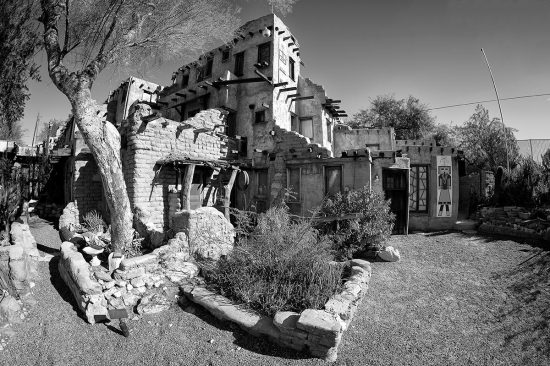
So who is this lens for? If you are familiar with either circular photography or shooting fisheye, then this lens gives you a combination of the two rather than carrying around multiple lenses. It also provides focal lengths in between that can be experimented with. I, for one, enjoyed being able to switch from circular to fisheye without changing lenses and liked playing with the distortions more than I thought I would. That said, I find the cost of this lens too high for a lens I cannot image using too often, even though I found it fun to use.
Previous guests posts:
Yongnuo YN 35mm f/2 lens for Nikon F mount: quick review and test shots
If you have an interesting idea for a guest post, you can contact me here
Like: Nikkor Facebook page | Join: Nikkor Facebook group
